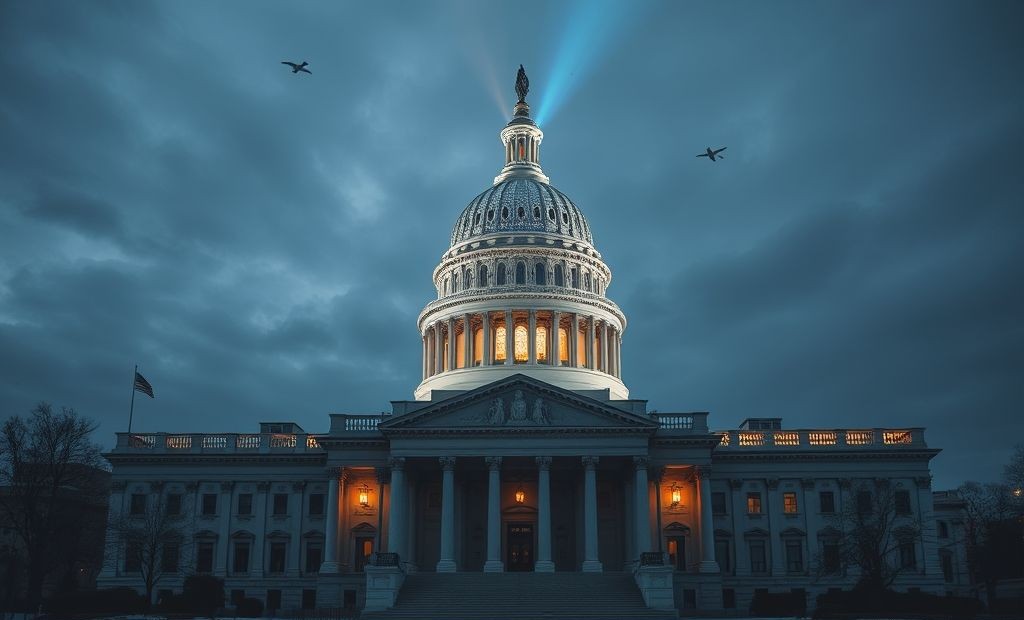Senate Drops AI Moratorium From Budget Bill

US Senate Removes AI Moratorium from Budget Bill The US Senate recently decided to remove a controversial ‘AI moratorium’ from its budget bill. This decision...
⏱️ Estimated reading time: 2 min
Latest News
US Senate Removes AI Moratorium from Budget Bill
The US Senate recently decided to remove a controversial ‘AI moratorium’ from its budget bill. This decision marks a significant shift in how lawmakers are approaching the regulation of Artificial Intelligence within the United States.
Background of the AI Moratorium
The proposed moratorium aimed to pause the development of certain AI technologies to allow for further assessment of their potential risks and societal impacts. Supporters argued that a pause would provide necessary time to establish ethical guidelines and safety measures. However, critics believed that such a moratorium would stifle innovation and put the US behind other nations in the global AI race.
Senate’s Decision and Rationale
Ultimately, the Senate opted to remove the AI moratorium from the budget bill. Several factors influenced this decision, including concerns about hindering technological progress and the potential economic disadvantages. Many senators also expressed confidence in alternative approaches to AI governance, such as targeted regulations and industry self-regulation. This decision reflects a balance between fostering innovation and addressing potential risks associated with AI.
Implications of the Removal
Removing the AI moratorium has several key implications:
- Continued Innovation: AI development can proceed without an immediate pause, encouraging further advancements in the field.
- Economic Impact: The US can maintain its competitive edge in the global AI market, attracting investment and creating jobs.
- Regulatory Focus: Lawmakers will likely explore alternative regulatory frameworks, such as sector-specific guidelines and ethical standards.
Alternative Approaches to AI Governance
Instead of a blanket moratorium, lawmakers are considering various strategies for AI governance. These include:
- Developing ethical guidelines: Establishing clear principles for the responsible development and deployment of AI.
- Implementing sector-specific regulations: Tailoring regulations to address the unique risks and challenges of different AI applications.
- Promoting industry self-regulation: Encouraging AI developers to adopt best practices and standards.
- Investing in AI safety research: Funding research to better understand and mitigate potential AI risks.
Related Posts

Google Maps: Gemini Tips, EV Charger Predictions & More!
Google Maps Gets Smarter: Gemini Tips & EV Updates Google Maps is enhancing user experience...
December 9, 2025

Adobe Acquires Semrush in $1.9B SEO Power Play
Adobe to Acquire Semrush for $1.9 Billion Adobe announced its agreement to acquire the search...
December 1, 2025

Kiki Startup Fined $152K for NYC Rental Violations
Subletting Startup Kiki Faces Consequences in NYC Auckland-founded Kiki Club, a peer-to-peer subletting startup, launched...
November 30, 2025











Leave a Reply